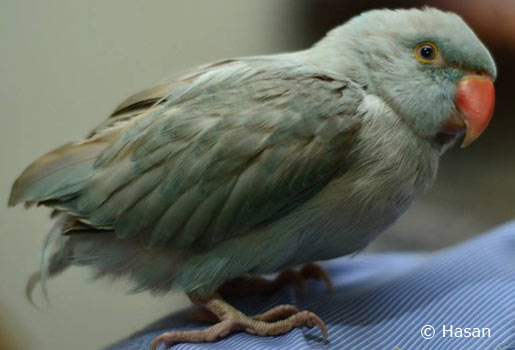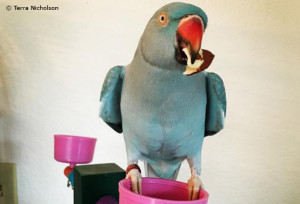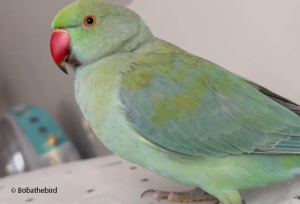Case Studies in Success: Schools That Have Embraced a “Better Together” Mindset
Around the world, schools are increasingly recognizing the power of collaboration in education. By adopting a “Better Together” mindset, these institutions have seen significant improvements in student engagement, academic achievement, and overall school culture. Here are a few inspiring case studies that demonstrate how embracing collaborative practices can transform educational outcomes.
1. High Tech High, San Diego, USA
Overview:
High Tech High (HTH) is a network of charter schools in San Diego, California, that emphasizes project-based learning and collaboration. From its inception, HTH has focused on creating an environment where students work together on interdisciplinary projects, blurring the lines between traditional subjects.
Collaborative Practices:
HTH uses team-based projects as the cornerstone of its curriculum. Students are grouped together to solve real-world problems, often partnering with local businesses or organizations. For example, students might collaborate on designing a sustainable garden, which involves skills from science, mathematics, and engineering. Teachers work closely together to plan these projects, ensuring that each project meets educational standards across multiple disciplines.
Outcomes:
The collaborative approach at HTH has led to high levels of student engagement and academic achievement. The school boasts a 98% graduation rate, with a significant percentage of graduates going on to pursue higher education. Moreover, HTH students often develop strong teamwork and problem-solving skills that prepare them for success in the workforce.
2. School 21, London, UK
Overview:
Located in East London, School 21 is a pioneering institution known for its emphasis on oracy (the ability to express oneself fluently in speech) and collaborative learning. The school believes that by working together, students can develop critical communication skills that are essential for the 21st century.
Collaborative Practices:
School 21 incorporates collaboration into every aspect of its curriculum. In addition to group projects, the school has a unique “real-world learning” program where students work in teams to address community challenges. These projects often require students to collaborate with local businesses and organizations, providing them with practical experience in teamwork and leadership.
The school also places a strong emphasis on “Expeditions,” where students work in groups to explore complex questions or problems over several weeks. These Expeditions integrate multiple subjects, encouraging students to see connections between their learning areas.
Outcomes:
School 21’s commitment to collaboration has resulted in outstanding academic and personal growth among its students. The school has been praised for its innovative approach to education, with students regularly outperforming their peers in national exams. Additionally, students at School 21 develop strong communication skills and a deep sense of social responsibility.
3. Wooranna Park Primary School, Victoria, Australia
Overview:
Wooranna Park Primary School in Victoria, Australia, has reimagined the traditional classroom setup to foster a collaborative learning environment. The school’s innovative approach to education focuses on student agency, with a strong emphasis on teamwork and self-directed learning.
Collaborative Practices:
Wooranna Park has transformed its physical spaces to promote collaboration. Instead of traditional classrooms, the school features open learning spaces where students work in small groups on various projects. The school’s “Learning Village” model allows students to choose their learning activities and collaborate with peers on projects that interest them.
Teachers at Wooranna Park act as facilitators rather than lecturers, guiding students as they work together to solve problems and explore new ideas. The school also employs digital tools that enable students to collaborate online, further enhancing their teamwork skills.
Outcomes:
Wooranna Park’s innovative approach has led to remarkable improvements in student engagement and academic performance. The school has seen significant increases in student motivation, with many students taking greater ownership of their learning. The collaborative environment has also helped students develop strong interpersonal skills and a sense of community.
4. St. George’s School, Cologne, Germany
Overview:
St. George’s School in Cologne, Germany, is an international school that places a strong emphasis on collaborative learning. The school’s approach is rooted in the belief that working together enhances creativity, critical thinking, and problem-solving abilities.
Collaborative Practices:
At St. George’s, collaboration is woven into the fabric of daily school life. The school employs a “co-teaching” model where two teachers work together in the classroom, providing students with different perspectives and expertise. This model allows for more individualized attention and encourages students to engage in collaborative discussions.
The school also prioritizes group work in its curriculum, often involving cross-grade projects where older students mentor younger ones. This peer-to-peer collaboration fosters a sense of responsibility and leadership among students while helping them develop empathy and teamwork skills.
Outcomes:
The collaborative approach at St. George’s has led to a nurturing and inclusive school culture. Students consistently achieve high academic standards, and the school has gained a reputation for producing well-rounded individuals who are prepared for the challenges of the global community. The emphasis on collaboration has also helped students develop strong relationships with their peers, creating a supportive learning environment.
Conclusion
These case studies illustrate the transformative power of a “Better Together” mindset in education and Building Transformational Classrooms. By fostering collaboration among students, teachers, and the community, these schools have created environments where students can thrive academically and personally. The success of these institutions serves as an inspiring example for educators everywhere, demonstrating that with the right strategies, collaboration can lead to remarkable educational outcomes.


